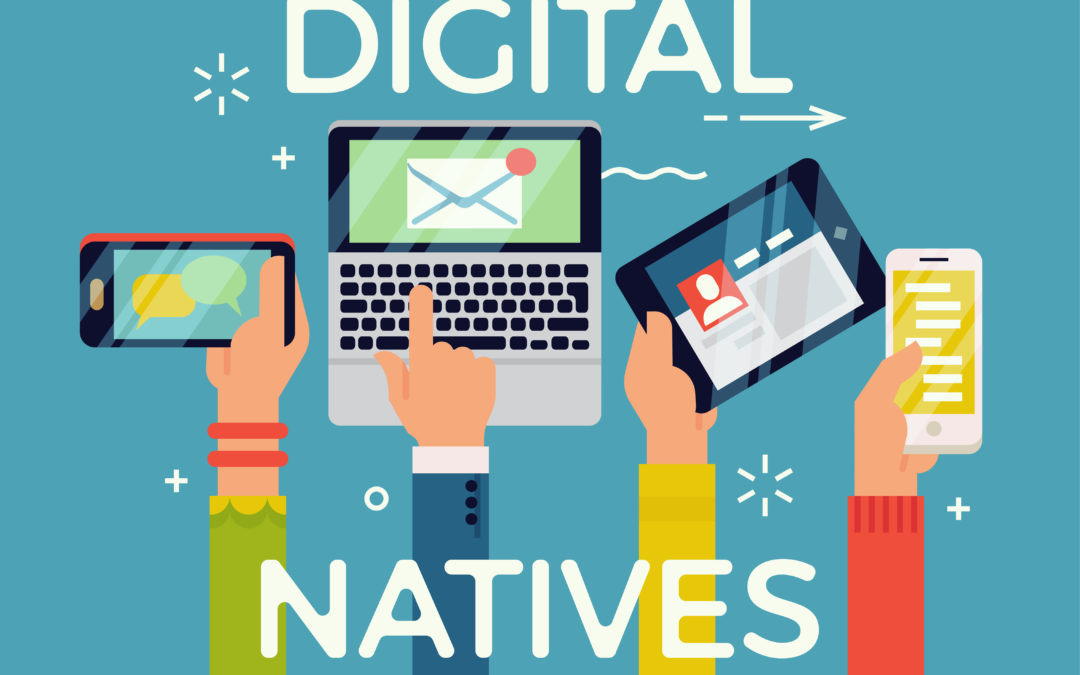Boyd and Prensky
What do you make of the (divergent) positions of Boyd and Prensky? What do you hear each of them saying about who youth are? Where do you stand on the “digital native” terminology?
Boyd and Prensky both present the term “digital native” from different perspectives. Presnky explains that young people are growing up in digital work. He presents two frameworks: digital native and digital immigrant. Digital natives possess the knowledge of media and technology, understand these and possess technical skills. On the other hand, digital immigrants somehow disrupt digital natives and do not feel comfortable with technology. In my opinion, young people need to be in a learning environment that challenges them. They also need learning opportunities based on their interests to develop technical skills. Youth experiences and learning backgrounds need to be taken into consideration during the learning process. Youth learners need to be seen as producers...they need to be able to use their knowledge during their learning process to their maximum potential. On the other hand, Boyd (2014), explains how adults assume that youth automatically understand new technologies. She also explains how this can cause us to see youth as digital natives and adults as digital immigrants (not able to develop technical skills). It is important how curiosity may lead to development. Note that there is a variation in knowledge and experience. Educators need to support those who come from different backgrounds and have different experiences. One way to support youth is by collaborating to offer support to be able to turn experience into knowledge. Parents, educators, librarians can collaborate to support youth learners. It takes time, effort, curiosity, and opportunities to develop technical skills. It is important to build trust and credibility with digital sources. Educators need to explain the “why” to students to be able to understand media (Why are some resources better than others? (Explain why); Why citations? (Explain the purpose). We need to keep in mind that even textbooks that we use in our schools may include outdated facts, or biases (social and political beliefs). We need to create an environment where discussion about choices and the purpose of media is happening and that youth’s opinions are heard and valued. Boyd (2014) explains another term: digital divide that is used to describe the gap in access between rich and poor. This leads to the idea of access vs. knowledge (if you have a device but don’t know how to use it, it’s irrelevant). In my opinion, the “digital native” terminology is related to anyone that prefers to use technology and media as their first source to achieve something (learning, information, etc.). As an educator, it is important to encourage students to go to the library (experience, knowledge) and to facilitate more opportunities for experiences. As Boyd (20134) explains, youth are seen as active participants and contributors. Empowering youth requires so much! Let's make it happen!
References:
Boyd, D. (2014). It’s Complicated: The social lives of networked teens. Ch. 7 (pp. 176-199).Yale University Press.
Prensky, M. (2001). Digital Natives, Digital Immigrants. On the Horizon, Vol. 9 No. 5. MCB University Press.

Elsie, I love your ideas about collaborating and teaching the why. What an important concept and one that would make our youth stronger consumers and producers in this digital age!
ReplyDeleteElsie, I really appreciate the way that you zero in on the curiosity aspect of digital literacy. It is such an intrinsic part of development of those skills!
ReplyDeleteI also wrote about how we need to teach our students to be curious and question the media that they interact with so they become literate consumers of technology, completely agree.
ReplyDelete